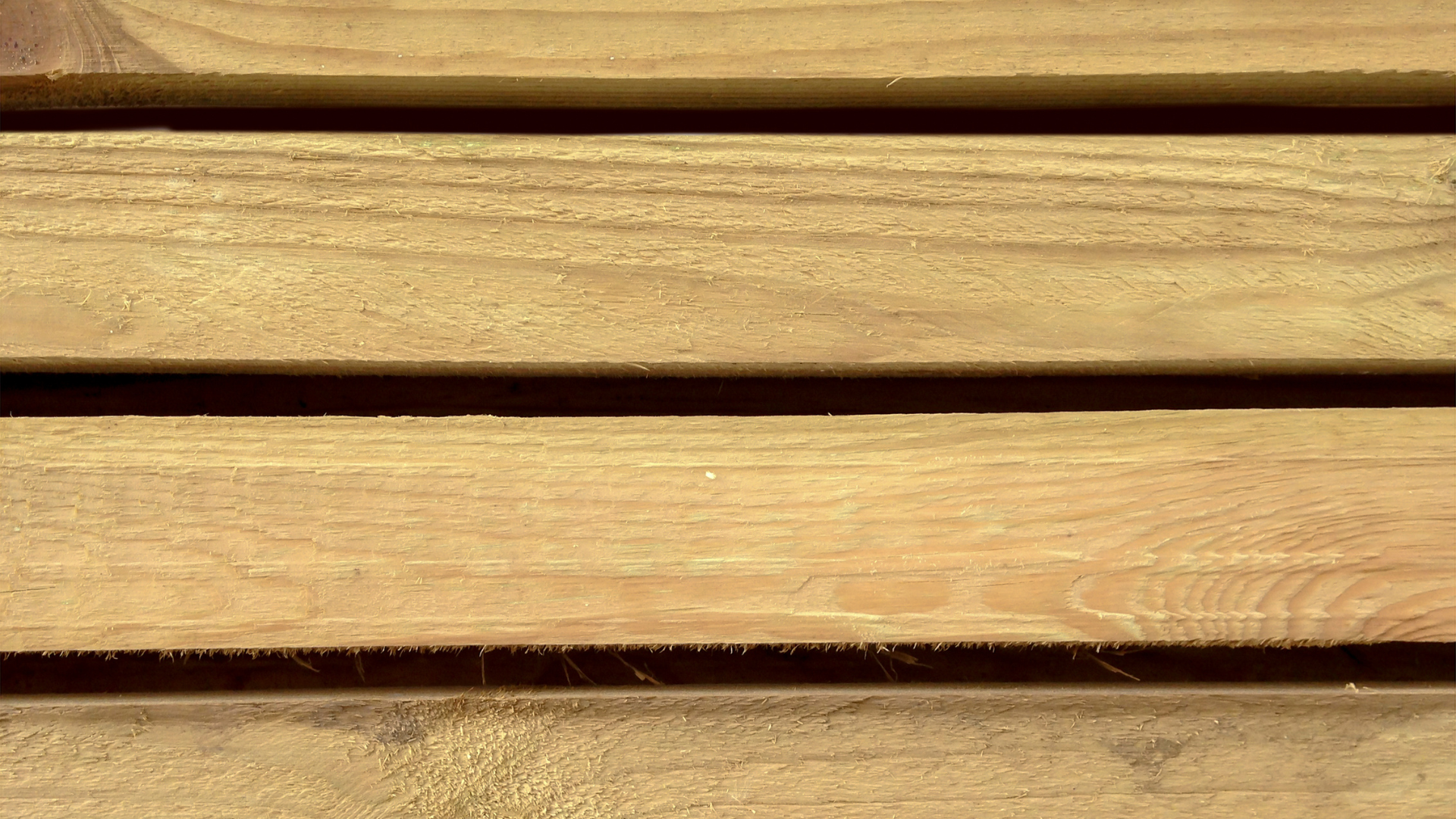Precision and adherence to industry regulations play a pivotal role in construction systems. On top of meeting the safety standards, these ensure durability and quality. Enter British Standards 5534.
Short for BS 5534, it outlines the best practices for roofing design and installation. In this guide, we will unveil the essence of this standard. Read on and unravel its significance in shaping the roofs over our heads.
Understanding British Standards 5534
BS 5534 is a set of guidelines established by the British Standards Institution (BSI). It mainly governs the design, construction, and maintenance of roofs. Such regulations serve as a benchmark for roofing professionals, architects, and builders. For one, the British Standards 55334 ensures that roofing systems are engineered to:
- withstand varying weather conditions
- enhance durability
- prevent water ingress
- ultimately contribute to the structural integrity of buildings
Moreover, the standard provides directives for their secure attachment. This specifies appropriate methods and fasteners, ensuring proper load distribution. This is where the connection of roofing battens holds significant importance.
Adhering to BS 5534 means you’re preventing potential roof failures from occurring. Overall, it’s essential in achieving safe, durable, and weather-resistant roof structures.
Key Components of BS 5534
BS 5534 comprehensively addresses essential roofing components, including slating, tiling, and shingling. Each element plays a pivotal role in shaping a robust and enduring roofing system.
Slating involves the precise arrangement of slate tiles. It ensures an impervious barrier against moisture while adding an elegant aesthetic. Tiling encompasses the arrangement of clay or concrete tiles. A tile batten, for one, contributes to weather resistance and architectural charm. Finally, shingling enhances insulation, durability, and visual appeal. It is often achieved with wooden or asphalt shingles.
Contribution to the overall roofing system
Properly installed slates, tiles, and shingles safeguard against water infiltration. Moreover, preventing potential leaks and interior damage. They fortify the roofing lath against wind uplift and external forces.
Beyond their protective functions, they contribute to the visual appeal of the structure. These components create a harmonious blend of form and function.
In essence, BS 5534 mandates attention to detail for these elements. They are the key to a resilient roofing system that promises architectural finesse.
Roof Design and Installation Guidelines
BS 5534 offers comprehensive design and installation guidelines for roofing systems. It outlines critical aspects like load distribution, wind resistance, and moisture management. And these guidelines underpin the safety and durability of the entire structure.
The proper design addresses potential stress points and safeguards against extreme weather conditions. Proper installation, spanning roof battens to coverings, avert decay and amplify enduring efficiency.
Following such standards guarantees compliance and roofs that stand the test of time.
Weatherproofing and Roof Resistance
BS 5534 takes a resolute stance on weatherproofing and wind resistance in roofing. It mandates careful sealing, flashing, and moisture management strategies. Moreover, it evaluates materials and techniques to ensure they fit the criteria.
Roofs are subject to rigorous tests for wind uplift, too. This leads to the endorsement of robust designs that anchor the structure. Overall, the standard engineers a shield against adverse weather. It fortifies roof systems to brave the elements and endure with unwavering strength.
Compliance and Certification
Adhering to BS 5534 is paramount for construction and roofing professionals. This ensures their work meets established standards of safety, durability, and quality.
Compliance safeguards against subpar practices that might compromise the integrity of roofing systems. These include mitigating risks of leaks, structural failures, or premature deterioration.
Furthermore, following BS 5534 reflects a commitment to excellence. This, overall, instils confidence among clients and stakeholders. Notably, achieving compliance often involves certification processes. Examples are product certifications and installer accreditations. This further validates the expertise of professionals in delivering top roofing solutions.
Round-up
Adhering to British Standards 5534 isn’t just compliance. It’s a commitment to building with integrity, safety, and longevity in mind. As roofs shelter us from the elements, let BS 5534 remind us that quality isn’t just a goal – rather, it’s a requirement.
As mentioned, there are benefits to adding shed roof battens in compliance with BS 5534. They provide a secondary fixing point for coverings, enhancing load distribution and stability. In case you haven’t heard about it, explore our guide to ‘What Are Roofing Battens?’.
For custom orders, reach out to us without hesitation. Request a quote or contact our team – we’re here to assist you!
